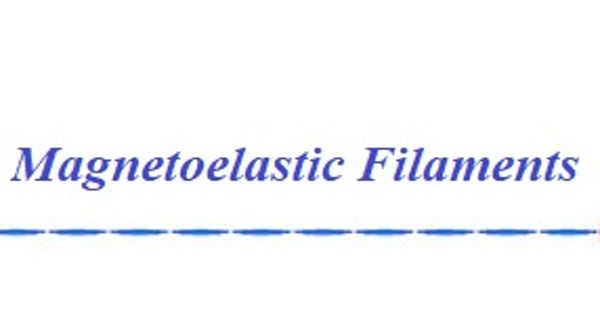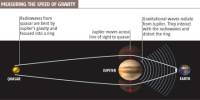Magnetoelastic filaments
Magnetoelasticity is the effect of elastic strain upon the magnetization of a ferromagnetic elastic material (as when the magnetization of a steel spring varies as it vibrates). Magnetoelastic filaments are one-dimensional composite structures that exhibit both magnetic and elastic properties. Understanding the properties of elastic membranes with superparamagnetic particles advances the design of autonomous, soft robots. Magnetic fields readily penetrate most materials and can be used remotely to induce rapid and precise changes in membrane shape. It is feasible to use magnetic filaments, which are easily controlled by varying the parameters of an external magnetic field, for the aforementioned purposes.
Magnetoelastic filaments are one-dimensional composite structures that exhibit both magnetic and elastic properties. Flexible magnetic filament offers the possibility to create a propulsion force in a viscous medium using an oscillating magnetic field.
Interest in these materials tends to focus on the ability to precisely control mechanical events using an external magnetic field. Model of elastic magnetic filament allows investigating the dependence of dynamics of filaments on several physical parameters: magnetoelastic number Cm, frequency of magnetic field, coefficient of friction, etc. Microscopic magnetically actuated filaments provide one such candidate system and the purpose of this work is to establish a comprehensive mathematical model to numerically explore the behavior of various types of magnetic filaments in wide parameter space.
Like piezoelectricity materials, they can be used as actuators, but do not need to be physically connected to a power source. By the flexible magnetic filament model, its behavior under the simultaneous action of the shear flow and the magnetic field is investigated. It is found that for magnetoelastic numbers larger as the critical value, which depends on the shear rate, the periodic regime is established. In ferromagnetic materials, the direction of spontaneous magnetization is not isotropic but has one or several energetically preferred axes, and the term ”magnetic anisotropy” is used to describe this phenomenon.
Flexible magnetic filament offers the possibility to create a propulsion force in a viscous medium using an oscillating magnetic field. It is shown that flexible magnetic filament repeats phenomena observed in nature. The conformations adopted by magnetoelastic filaments are dictated by the competition between their elastic and magnetic properties. Such a filament gives new possibilities to the micromanipulations. Additional investigations in the theoretical field will be done to describe magnetic filaments in the future.
















